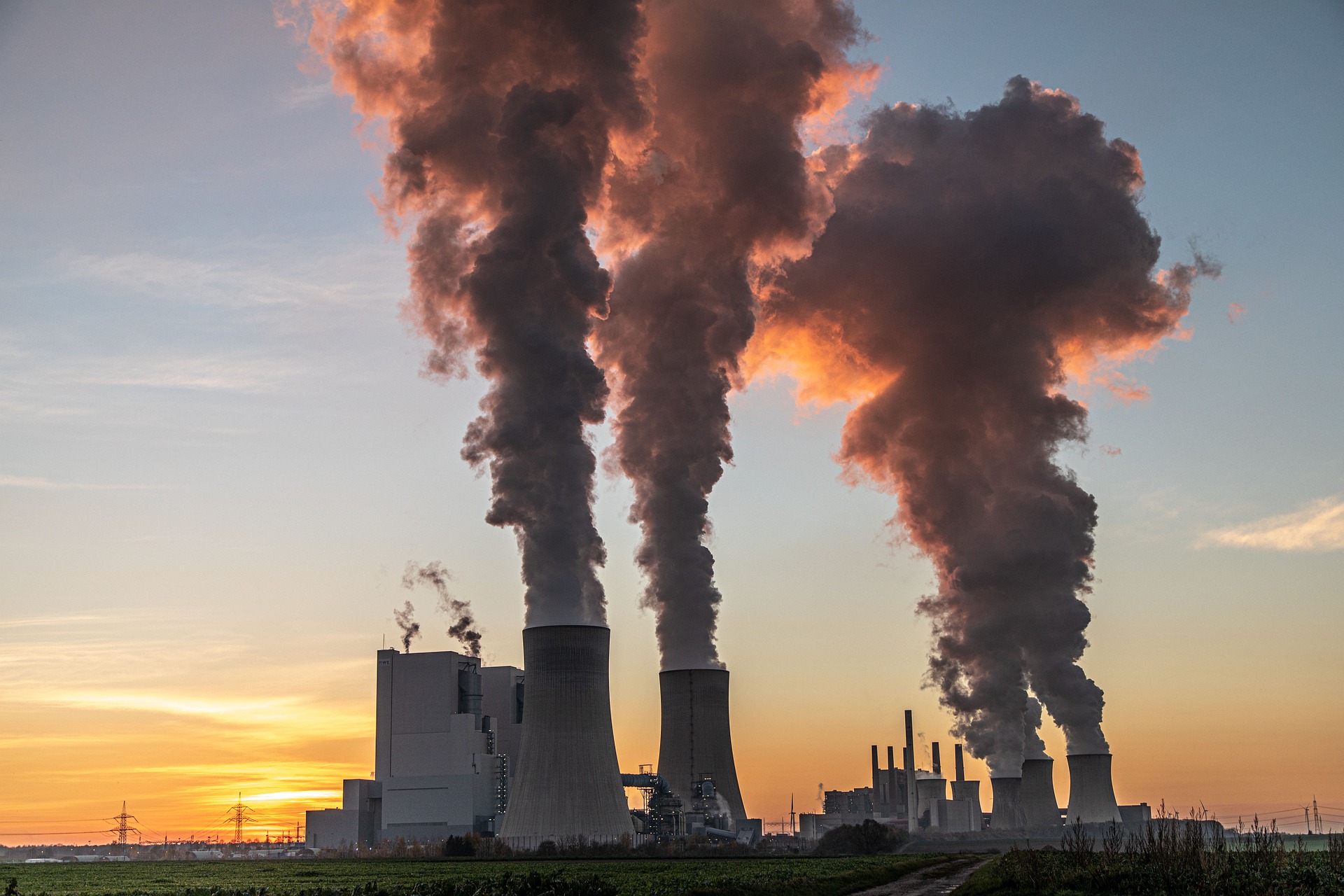While emissions fell in the year of the coronavirus outbreak due to closures and restrictions, emissions came back again last year.
The International Energy Agency (IEA) The latest analysis, published by the World Bank, revealed a record six percent increase in global carbon emissions in 2021, as a result of the world’s dependence primarily on coal to recover from the economic crisis.
Despite the proliferation of renewables, coal continued to make a significant contribution to the massive increase in energy-related carbon emissions in 2021, which reached 36.3 billion tons, the highest ever.
More than two billion plus tons is a record in the record of mankind so far; According to the International Energy Agency, it is much higher than the decline seen in the previous year due to the pandemic.
The agency said 40 percent of the increase came from coal, an all-time high of 15.3 billion tons of carbon emissions. The agency said this was partly due to record-high natural gas prices, which caused more coal to be burned, while oil emissions remained below pre-pandemic levels.
According to IEA assumptions, China, which has relied heavily on coal to meet a 10 percent increase in electricity demand in 2021, may be the main driver of the recovery.
700 TWh of demand plus the country’s largest increase to date, while the country’s total emissions in 2021 exceeded 11.9 billion tons, accounting for 33 percent of the global total.
Although we have seen a temporary decrease in global carbon emissions during the pandemic, the concentration of greenhouse gases in the atmosphere has not yet improved. Record levels were reported in the early stages of the epidemic, as well as in the later waves, indicating that temporary declines did not slow the downtrend.
Apply to become a member of Team Liner.hu












































